Amidst the many recent trades, free-agent signings and releases, the term “cap space” is referenced flippantly. For a term used so freely, however, it can be somewhat complicated, and yet vital to how teams make post-season decisions when building their roster for the new year.
So what is it? Essentially cap space exists to keep the league fair, preventing franchises in wealthier cities or with wealthier owners that would ordinarily be able to pay players more than other franchises, while simultaneously protecting players from being underpaid, imposing both a minimum and maximum on what each team can spend on their roster.
Both the league and the NFLPA agreed to implement the salary cap over twenty years ago. The cap used to be predicated upon the grows income of the league, but now it takes all league revenue into consideration. In the last season, the league had $14 billion in revenue, increasing their past revenue by over $900 million.
With this significant increase in revenue for the league comes a proportionate raise in cap space for the franchises. The 2018 season salary cap is a little over $177 million, to be divided up over the 53-man roster. Of course, each team has various prior commitments to players and their contracts they created over the years, and some have acquired more costly franchise players and veterans, while others got lucky acquiring a low-paid rookie in a previous draft. The Colts currently lead the league with available cap space at $127 million, while the New York Giants are $5 million over, and will have to readjust to avoid penalties from the league.
Cap space is a crucial asset. It is why teams like the 49ers and the Titans have been making power moves over the last few weeks to acquire costly veterans, while teams like the Eagles and Steelers have very little wiggle room to change up their roster, unless they make some changes or current players concede to contract adjustments for the sake of the team.
Still, the upcoming draft will further complicate the mathematics for all franchises. Luckily for teams like the Browns, Jets, Bears and Bucs, they have a lot more flexibility to pay their incoming rookies. Usually, a rookie in a first or second round will get a high signing bonus (around $15 million on average), with $10-$15 million guaranteed and an average of $7.5 million in total value. Naturally, as the rounds continue, the pricy signing bonuses diminish while the total value evens out at around $3 million.
Amidst some of the release-drama, we often hear from both players and franchises that “it’s just business”. They may be right, but this job is no different than any other, and these players are fighting for stable, lasting financial security for themselves and their families. In that sense, the NFLPA has worked to secure a cap minimum to ensure that players are being paid fairly. Conversely, the finite nature of cap space forces teams to make hard choices.
It has been an exciting time in the league, and the franchises have to be creative while rebuilding their rosters and working to comply with the cap leading up to the draft. It’s far from over, and don’t get comfortable with the current rosters; there’s still plenty of changes to come.


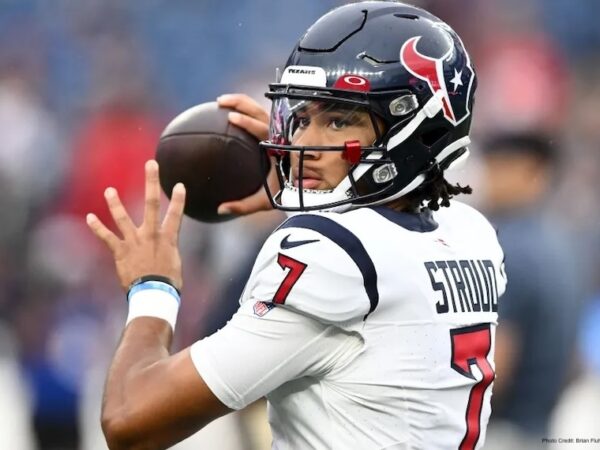
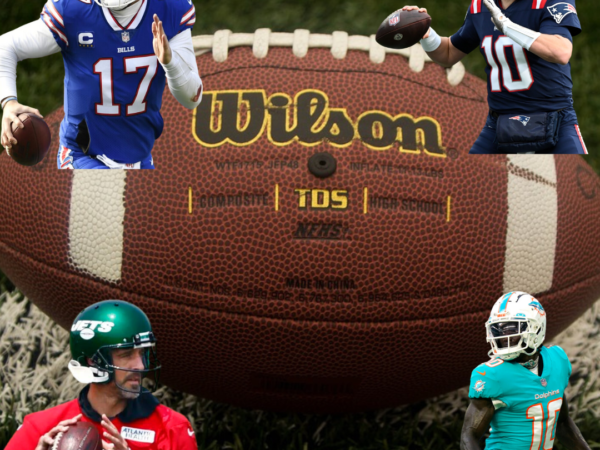
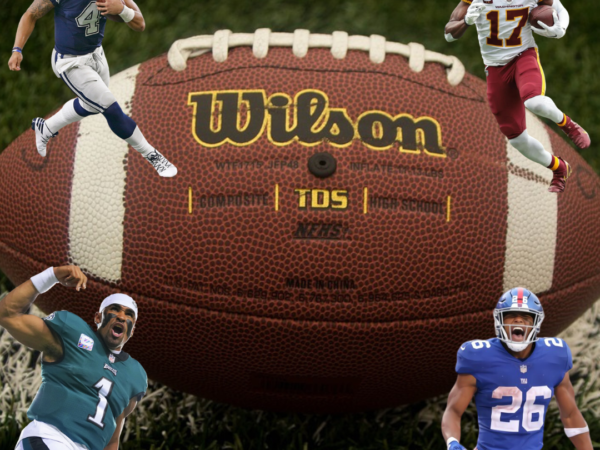

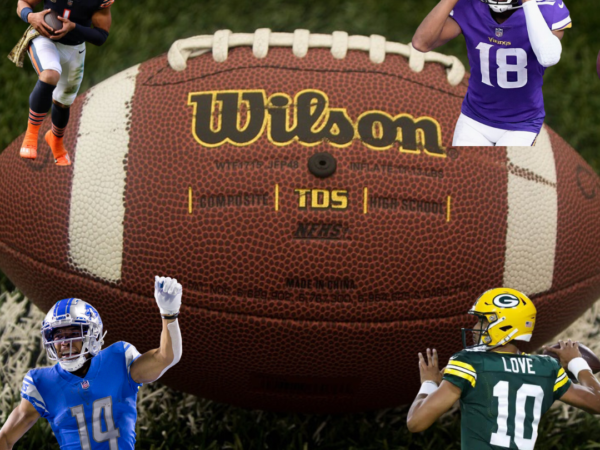
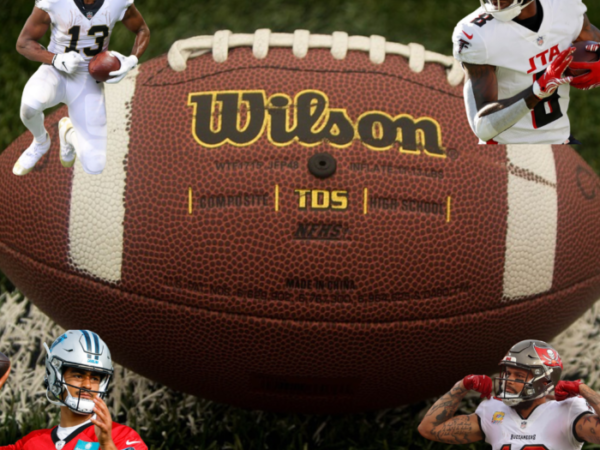
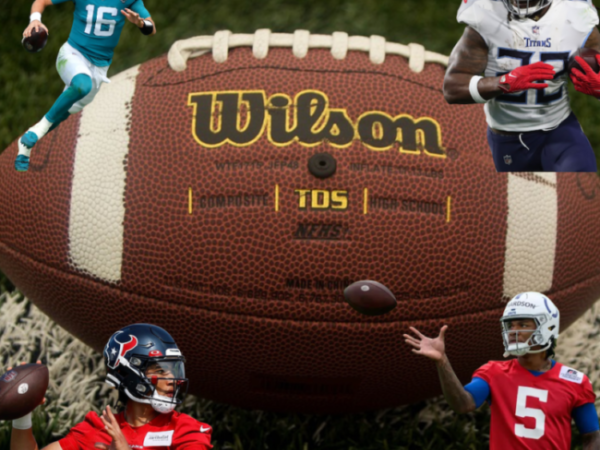

[…] knew that our favorite players were going to find themselves cut and facing free agency, but where it would land them could be the source of true nightmares for some of us. After some surprising trades before free […]